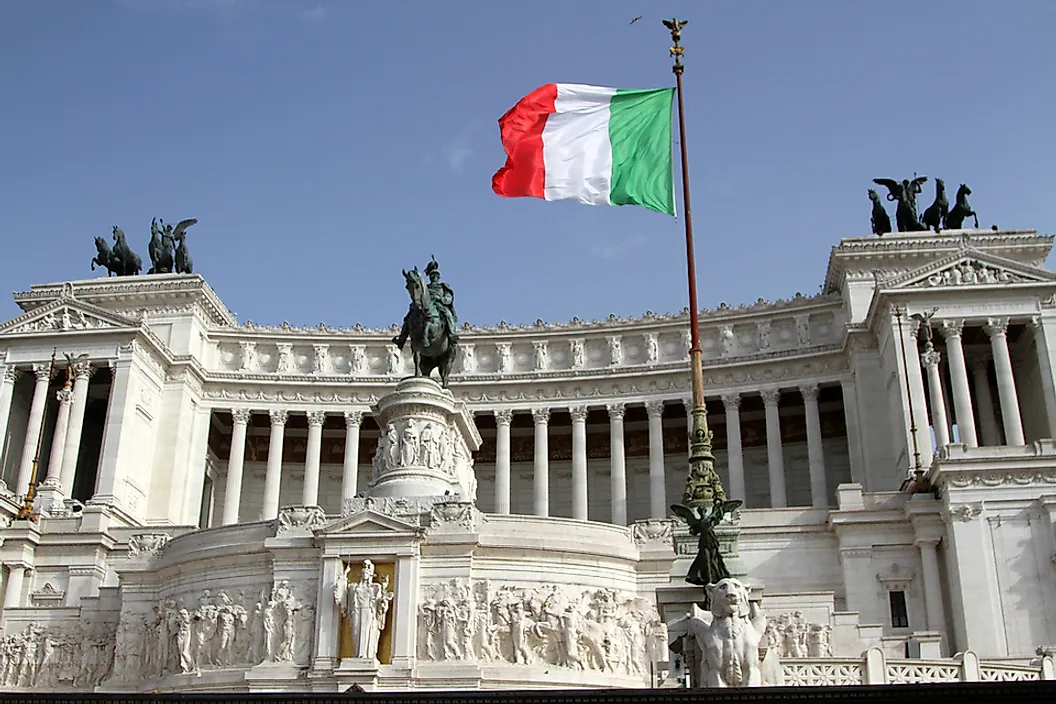When Did Italy Become a Country?

Early Ages
Present-day Italy became a sovereign state on March 17, 1861, during the Resurgence, a political movement that unified countries of the Italian Peninsula into a single nation of Italy. During the reign of the Roman Empire, the Italian Peninsula was among the imperial provinces under the rule of the Romans. However, after the fall of the Roman Empire in the 5th century, all states of the Italian Peninsula became subject to the larger European-power wrangles.
Italy was later fragmented by the transitory supremacy of Feudal European conquerors from the East, Muslims from the south, and Germans and Normans from the north. Italy’s golden era did not last long, as France invaded the independent states in northern Italy, leading to their collapse. This set stage for the Italian Wars of the 15th and 16th centuries, in which Spain and Germany invaded Rome. By the time the Italian Wars ended in 1559, three Italian states gained their independence but fell under the French rule until 1680, and then Spain rule until 1713.
As different nations contended for preeminence in Italy, the Papal State developed a zone of influence in Central Italy, challenging the rule of the Roman Empire. Cities in the north became defiant of Roman Rule and split to become independently governed cities. By the end of the 18th century, northern and central Italy developed into remarkable powers, while the south experienced with power struggles between France, Spain, and Austria.
Early Modern Italy
In 1792, the French annexed the Italian Peninsula, clearing out all old establishment and remnants of feudal rule. This annexation merged many of the Italian states and imposed a republican rule that only lasted for only a brief period until the French were forced out by Austria in 1796. However, the Napoleonic Wars that began in 1796 led to the unification of Italy into the Italian Republic, which was later named the Kingdom of Italy under the French Republic. The Napoleonic era ended following the defeat of Napoleon in 1814 and the division of the kingdom into eight regions under foreign rule.
The Unification
In 1815, the Risorgimento movement began under the leadership of Mazzini Giuseppe and Garibaldi Giuseppe, who successfully led a small army known as the Thousands. The army managed to conquer various cities and bring them under the rule of King Emmanuel II. Despite being a long and complex process, the Risorgimento led to the unification of the various states in the Italian Peninsula in 1861, when the national parliament declared Italy a kingdom with King Emmanuel II as its ruler. Venice and Rome did not join the kingdom initially, but joined in 1870 when the French army left the region during the Franco-Prussian War.
Italy in the 21st Century
Today, Italy is the seventh largest global economy, which is supported by the world’s largest metallurgical and engineering industries. Due to its location on the Alps and the Italian Peninsula, Italy has some of the most scenic landscapes in the world and attracts millions of tourists each year. Despite the historic turbulence of Italian politics, the country is a boasts a large economy and is a leader of the European Union.











